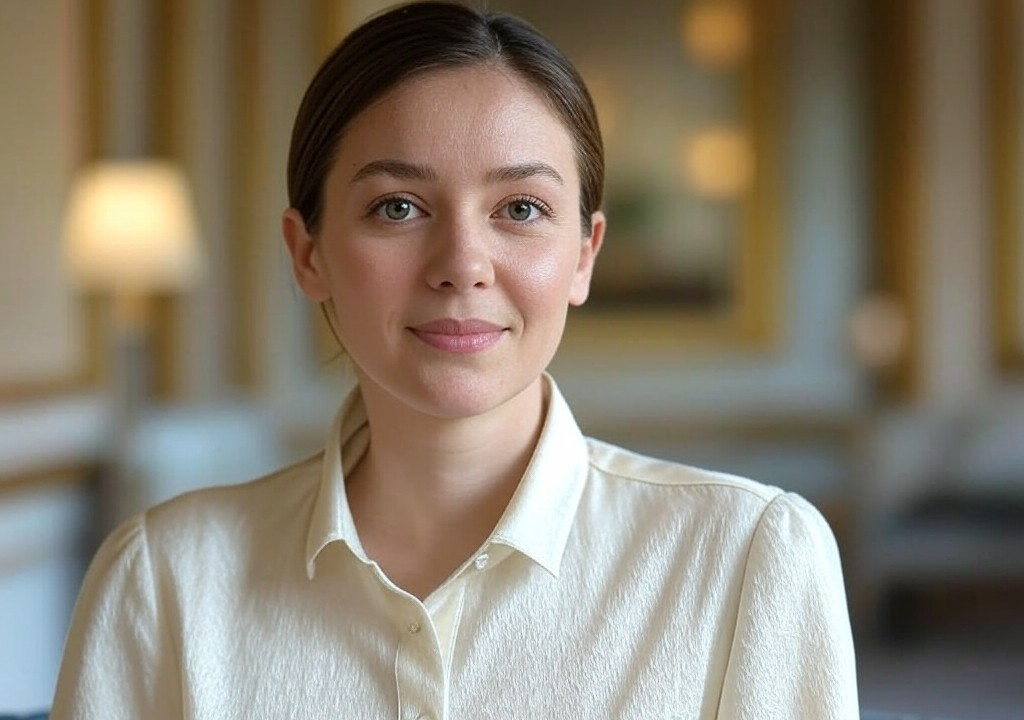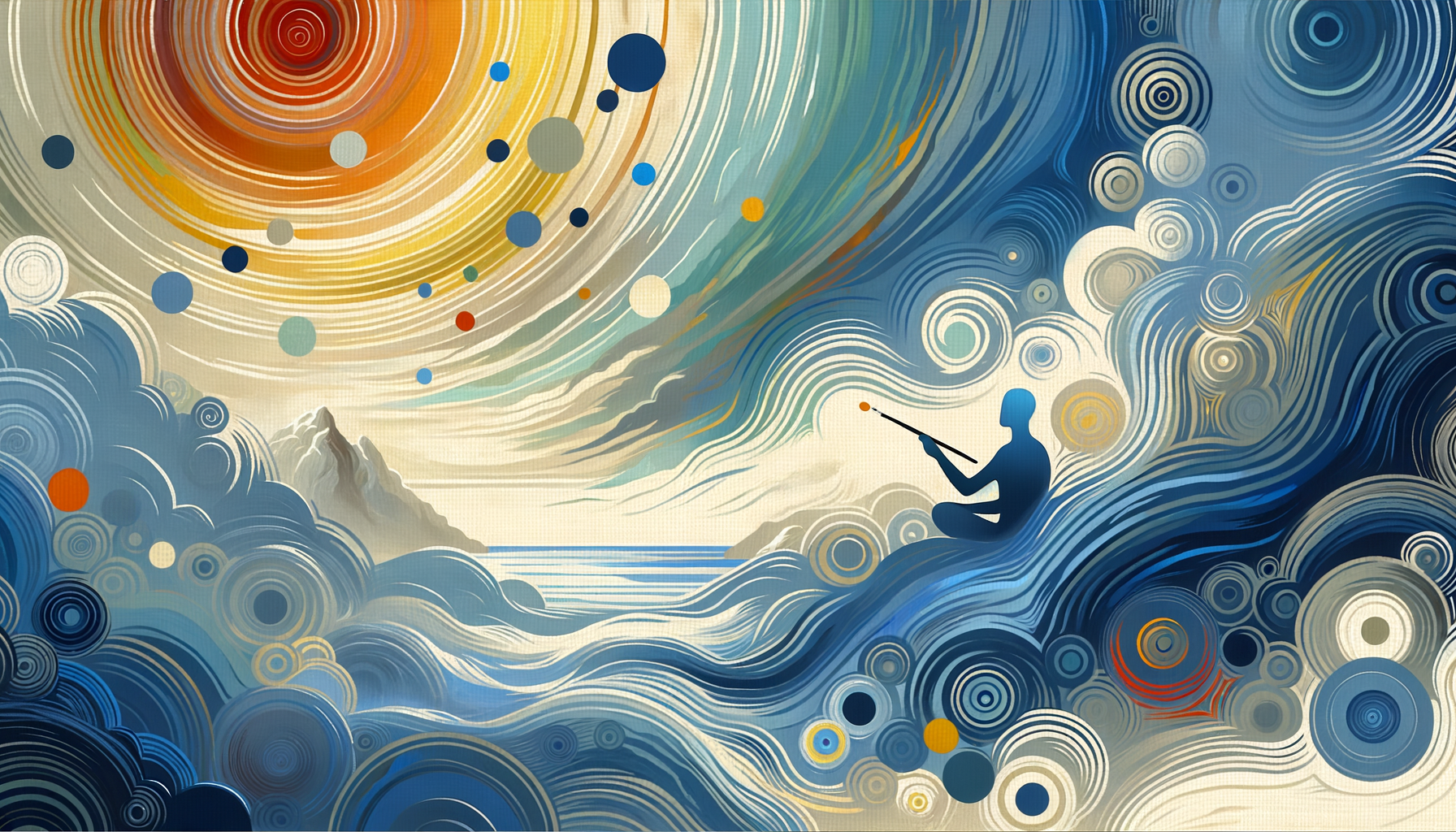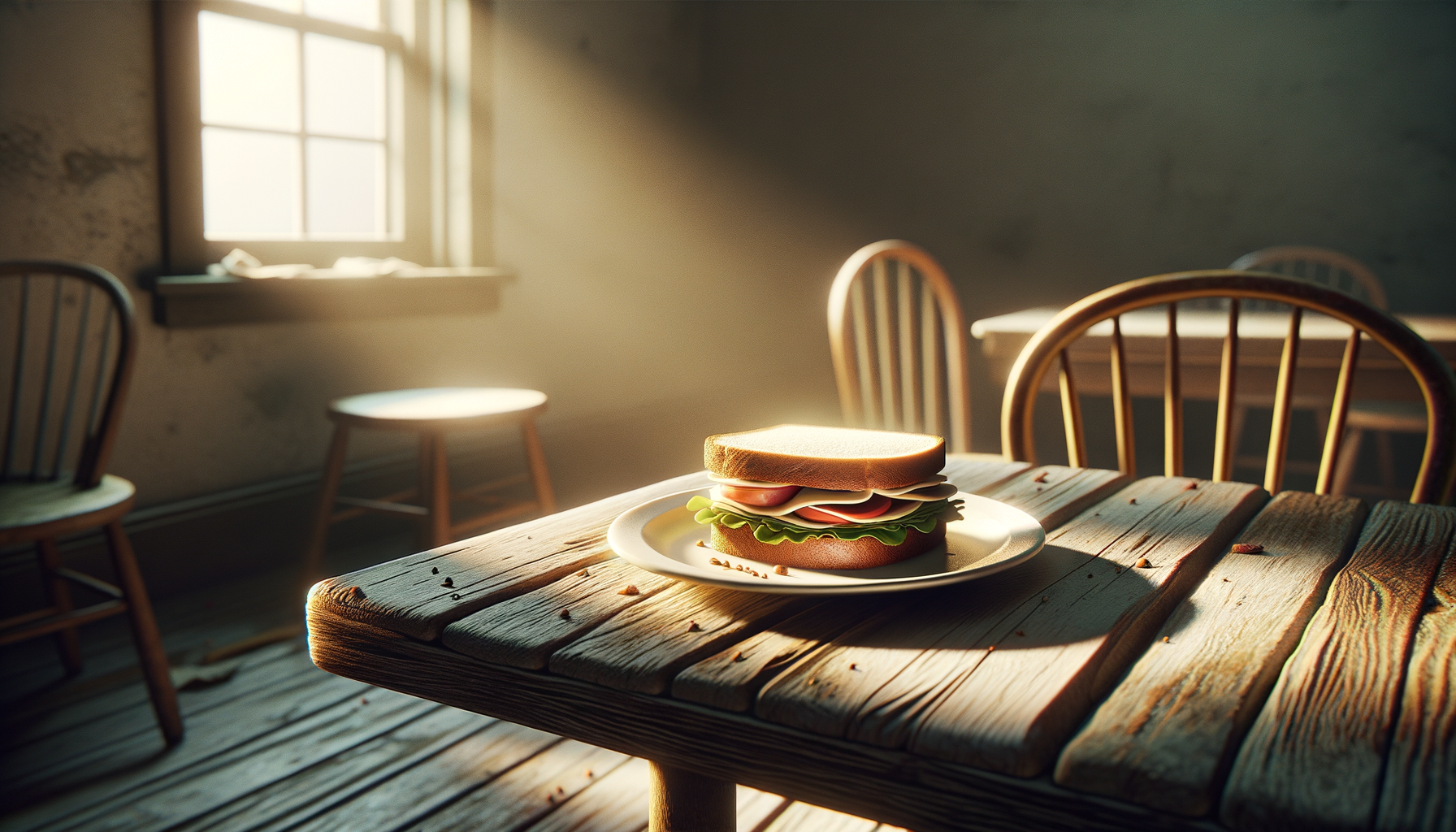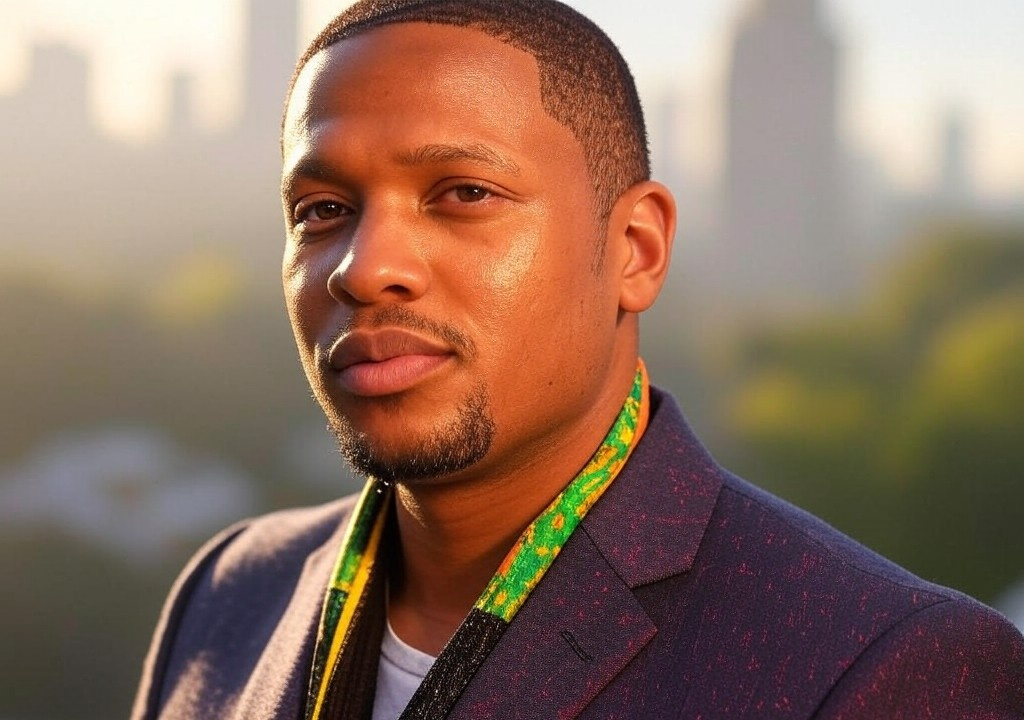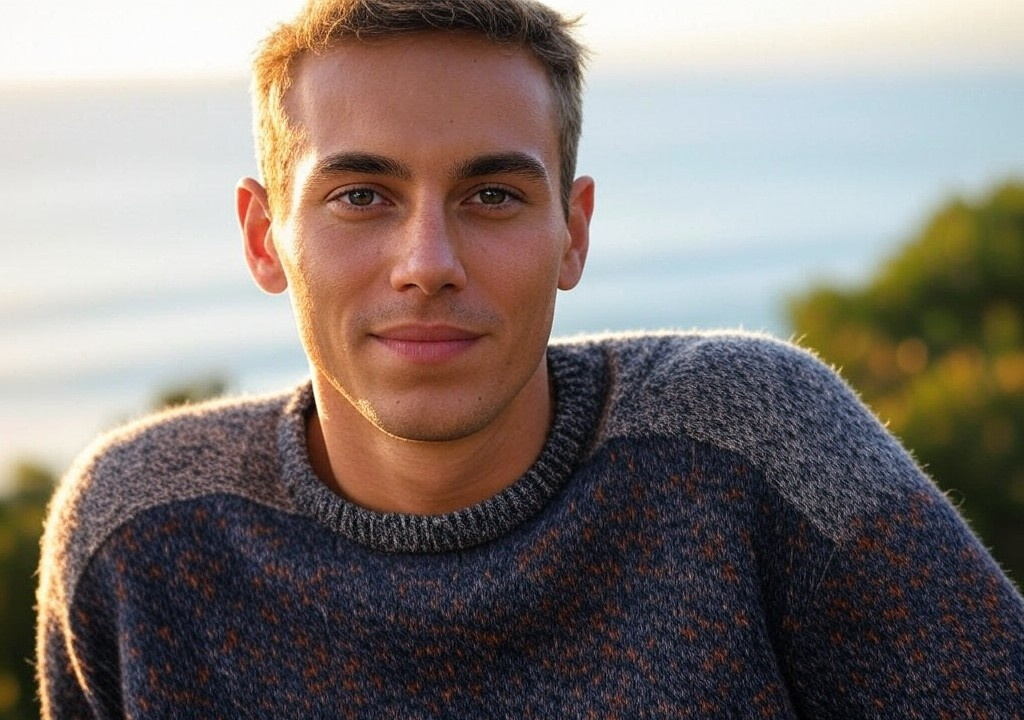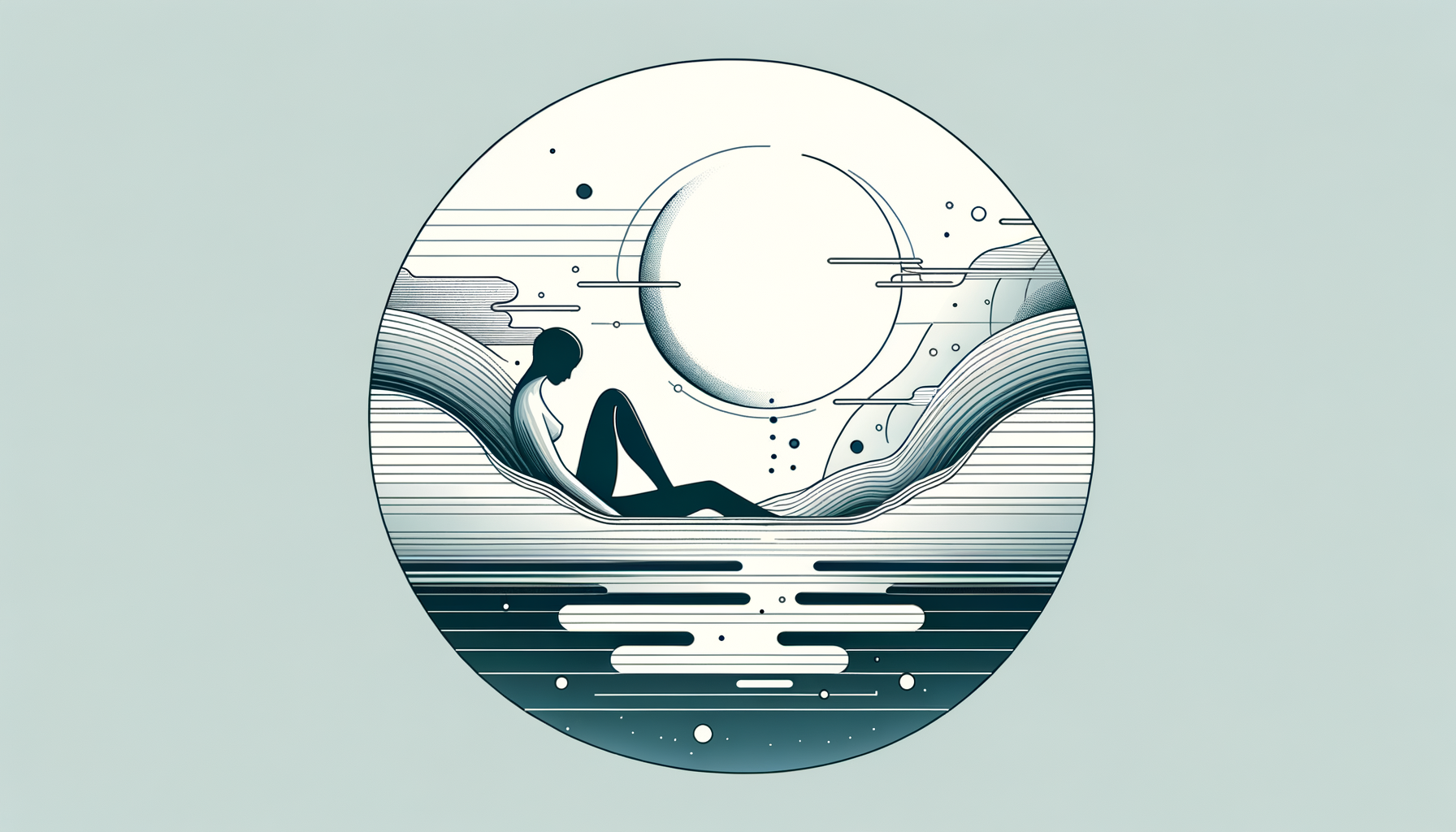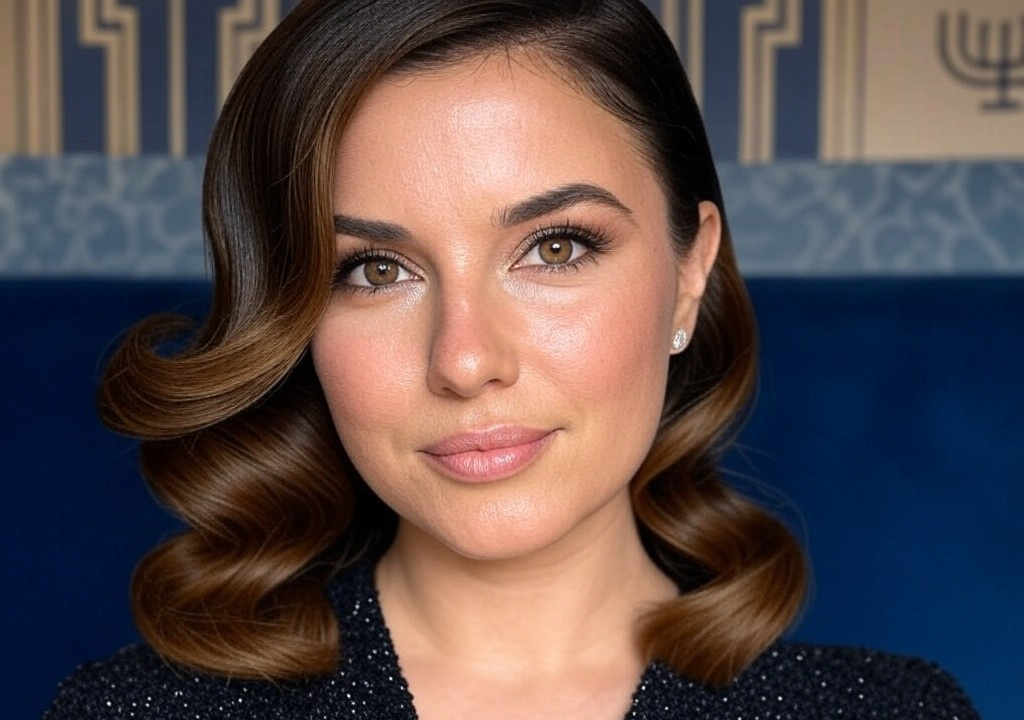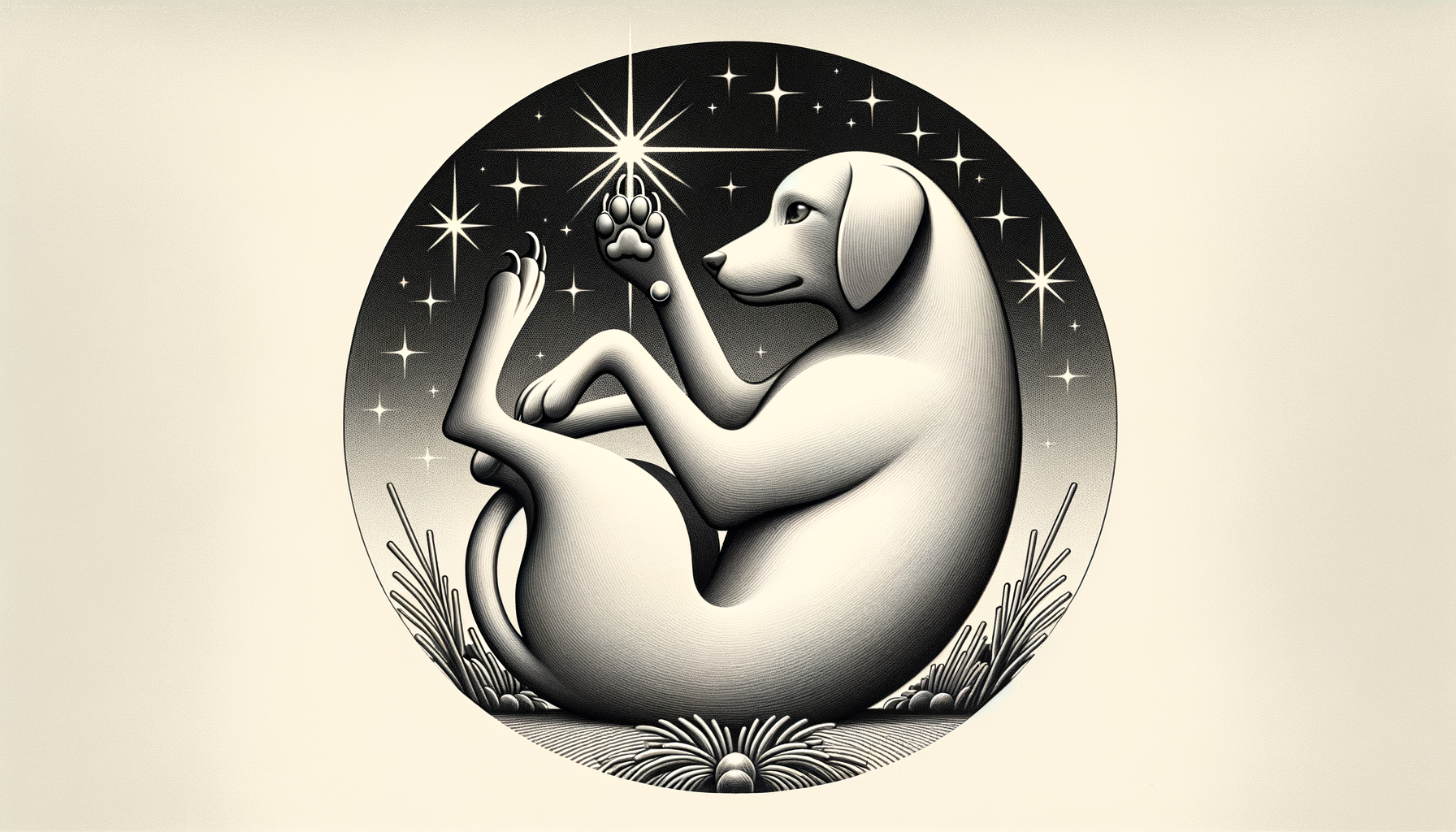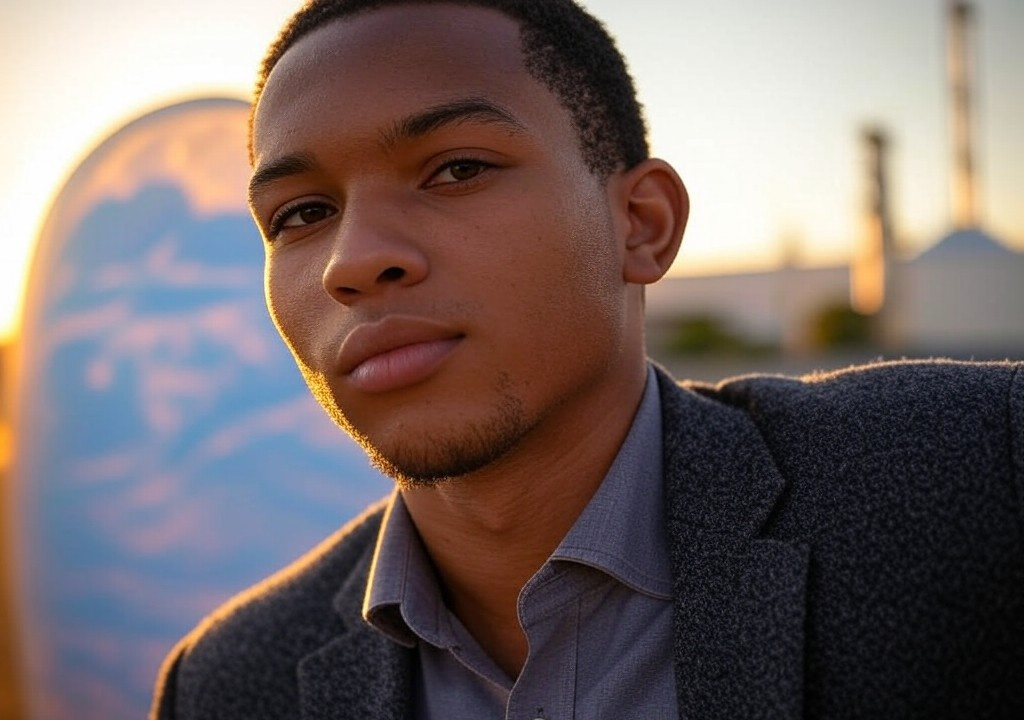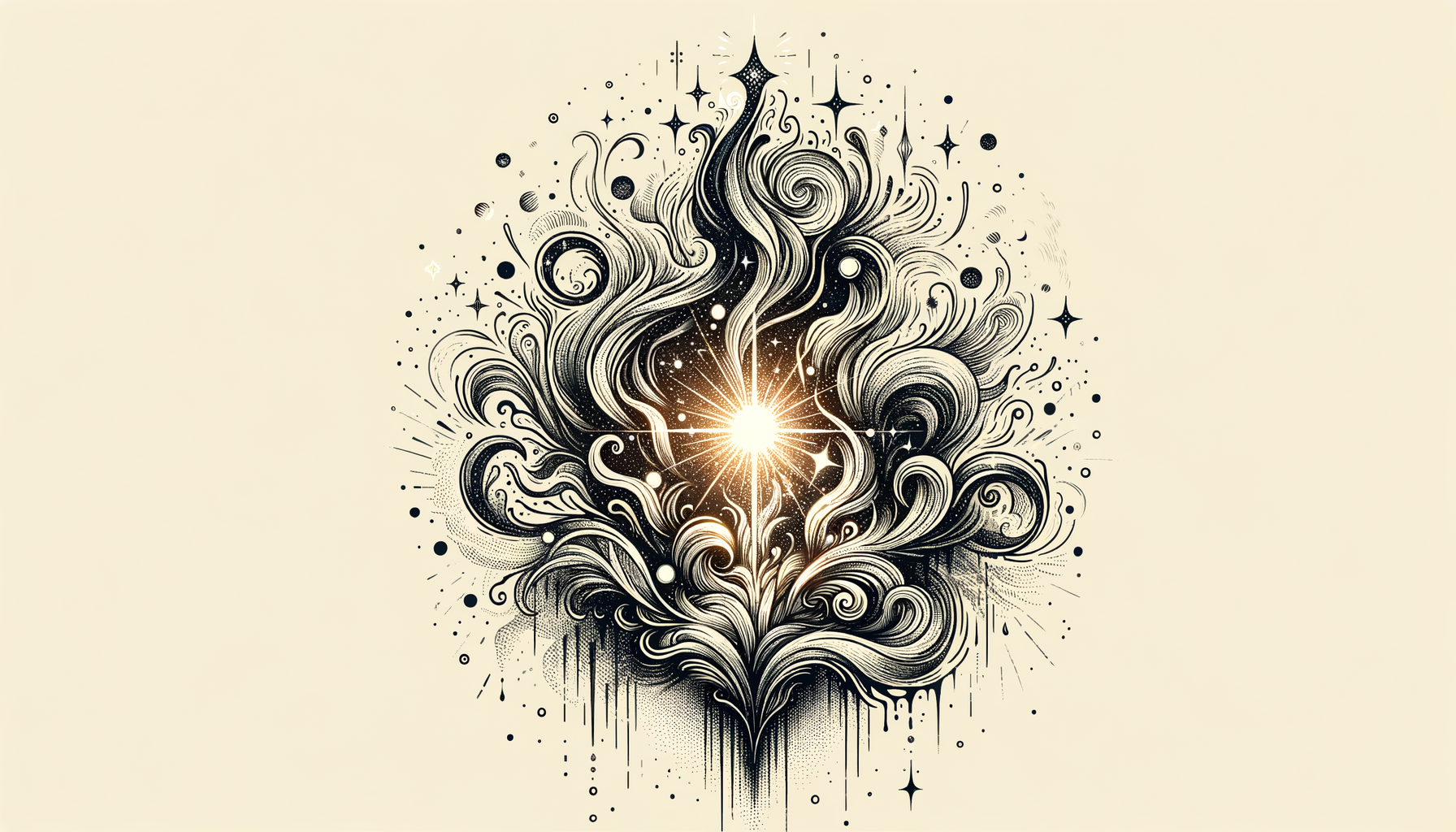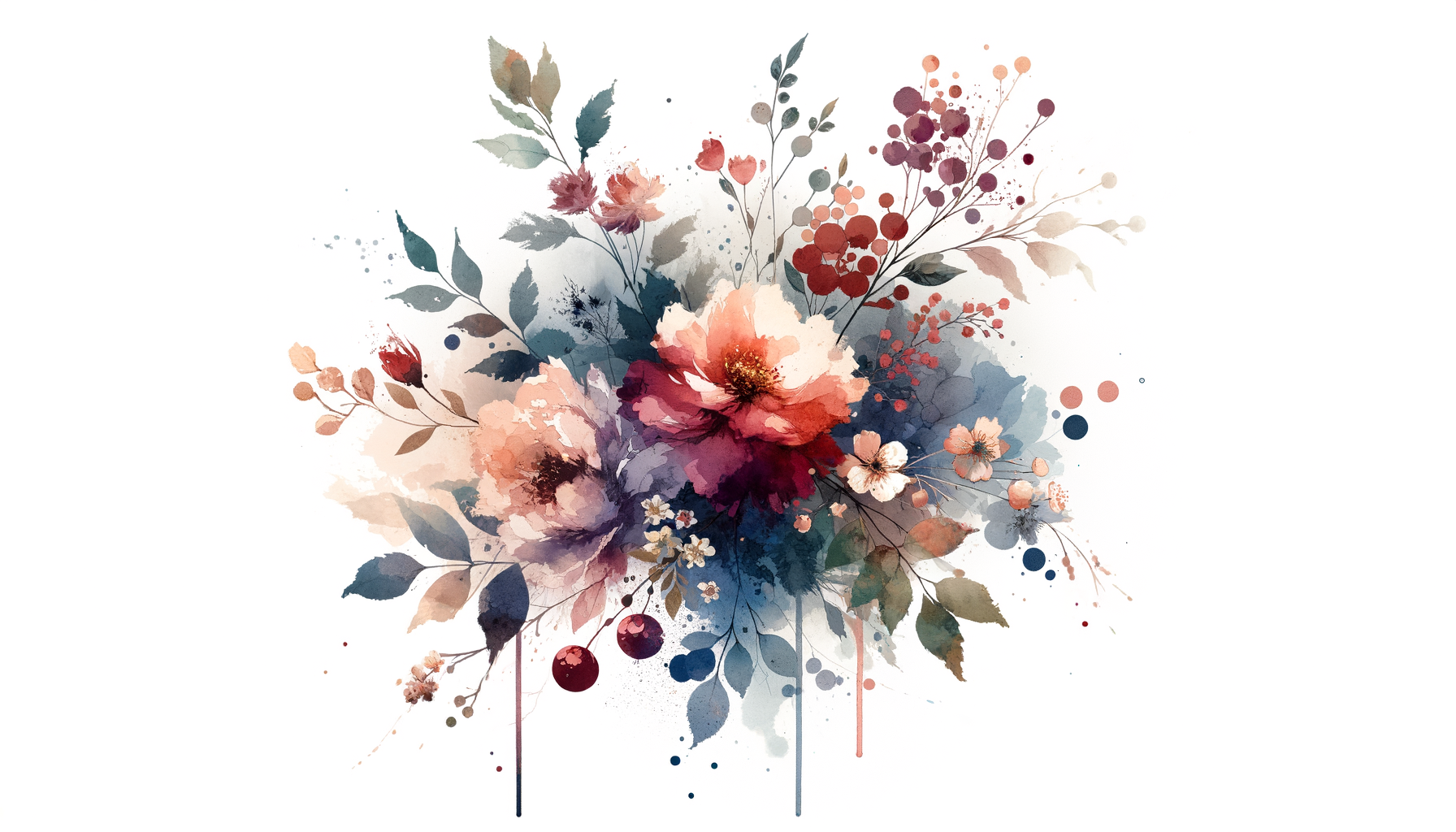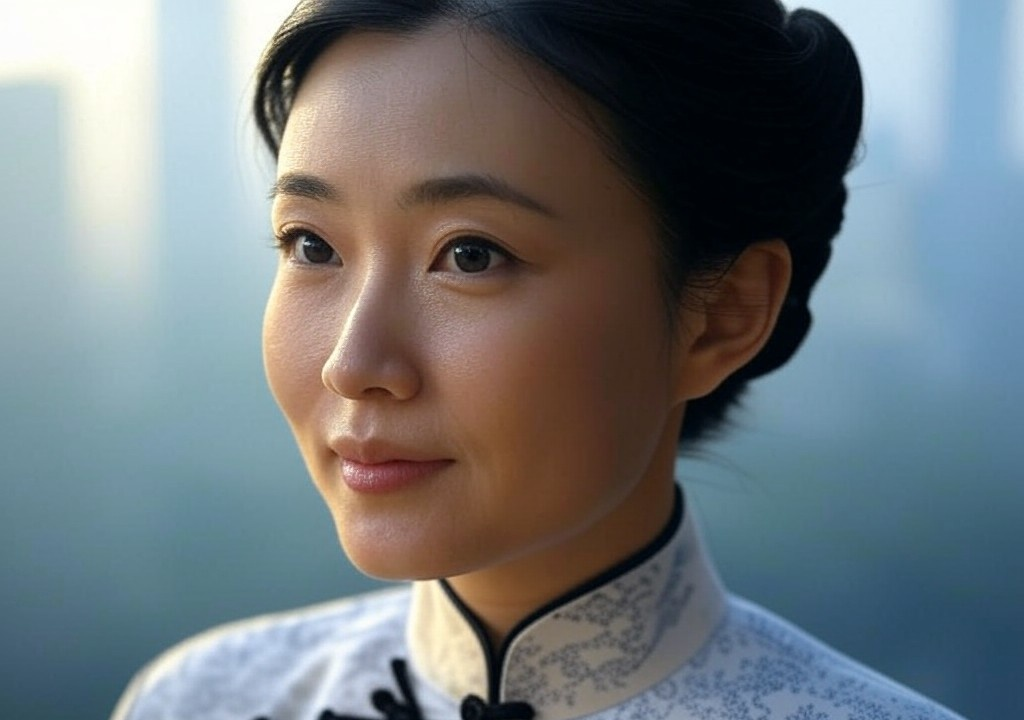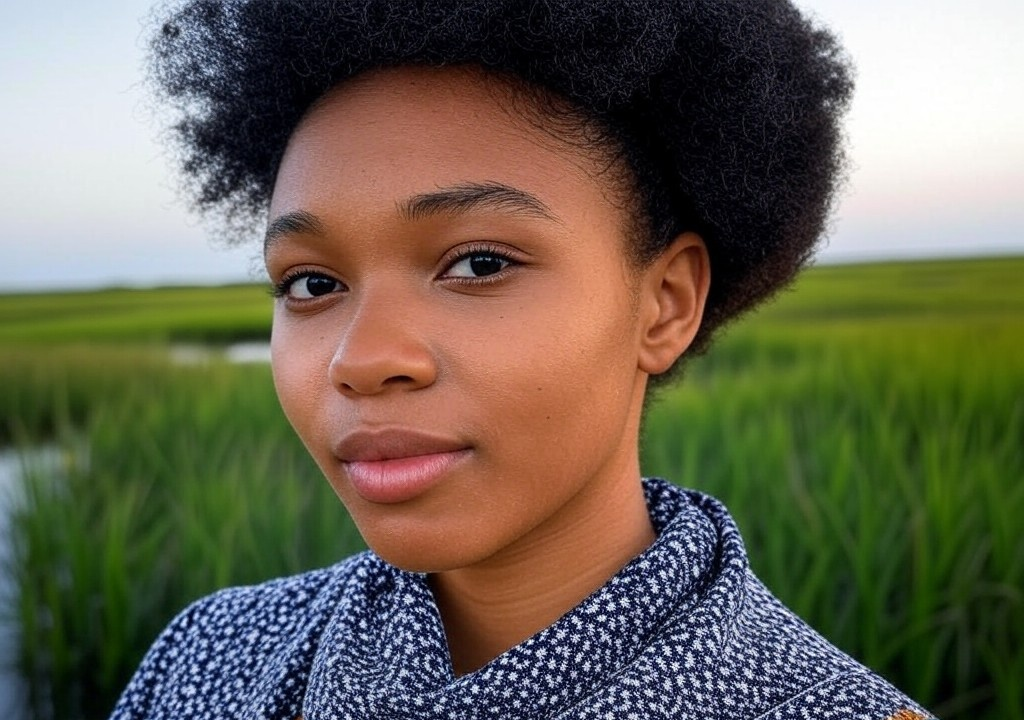It happened between the hummus and the honey-drizzled brie. I was seventeen, standing awkwardly at a catered charity event thrown by my parents, forced to engage in polite conversation while wearing a pair of heels that felt like medieval torture devices. Southern hospitality dictated that I smile until my cheeks hurt while listening to wealthy strangers predict my “very bright future.” But, in truth, most of them weren’t really seeing me—they were seeing what I represented: a Buckhead girl with no real reason not to succeed.
Except for one person. Her name was Diana, and she saw me like a hawk spots its prey. Diana approached me during the opening cocktail hour. Wrapped in vintage Chanel with a martini glass dangling effortlessly from her fingers, she was a journalist—an actual, real-life writer—who wrote vivid profiles of Southern changemakers and their quirks for Atlanta’s most-read magazine. I’d read her column every Sunday, amazed by her ability to turn mundane details into moments of vivid storytelling (and secretly trying to mimic her style in my own teenage journal entries).
“You’re Carrie,” she said with the confidence of someone who’s already decided they’re going to like you. “So, what’s the story going to be?”
“The story?” I stammered.
“Your story. Everyone’s walking around here trying to write it for you. But what’s it really going to be?”
I froze. No one had ever asked me that before. And more importantly, no one had ever asked me quite like she did—with no projection, no assumptions, just pure, unflinching curiosity. She held her gaze long enough for me to fish around for an answer. “I think…I’d like to create something,” I finally replied, so unsure of myself that it came out sounding like a question.
“Of course you would,” she said, laughing like she already knew. “Here’s the thing: Nobody’s going to hand you the time and space to create something just because you’re clever or polite. You’ll have to carve it out yourself. And you, I think, have the tools to do it.”
There it was: the moment someone really saw me for the first time—not just as another product of the Buckhead bubble but as a person capable of shaping her own story.
Seeing Potential Is an Art Form
Looking back, I realize Diana didn’t do what most “mentors” love to do: graft their own ambitions onto my blank slate or give me a roadmap they assumed I wanted to follow. Her great skill wasn’t handing me a to-do list but handing me a mirror. She knew I had all the nuance of an unpublished first draft and told me, in no uncertain terms, that the finished product was up to me.
There’s a power in recognizing someone’s potential without smothering them in expectations. Diana didn’t tell me to go into journalism or to write about Southern culture. She didn’t push me toward emulating her career at all. What she did was much rarer—and much harder. She trusted that if I was truly curious about myself, I’d figure it out.
In relationships, being seen like that is nothing short of transformative. Whether it comes from a mentor, a friend, or even (occasionally) a stranger you meet during a layover at Hartsfield-Jackson, someone truly seeing potential in you can redirect your trajectory in ways you never imagined.
How to Spot Someone’s “First Draft”
If you’re wondering how to cultivate this gift—or how to surround yourself with people who naturally have it—think of it as an art form. It’s not about playing career coach or doling out unsolicited advice. Rather, it’s about cultivating curiosity about others, extending grace for their imperfections, and practicing what I call “draft editing”:
-
Listen with Intention: Maybe too much of modern conversation feels like a competitive sport. We listen just enough to respond, to one-up, or to share our stories. True seeing requires full presence—asking open-ended questions and quieting your inner urge to reply.
-
Leave Room for Complexity: Not every question requires a quick answer, and not all answers will be perfect. Sometimes you have to let others sit in the messy, in-progress part of their lives. Picture yourself reading a novel’s first chapters—not rushing to the end.
-
Encourage Ownership, Not Conformity: Instead of steering someone toward what you think their story should be, nudge them to take a closer look at the path they’re already curious about. It’s a little like the difference between giving someone a pre-assembled IKEA chair and handing them the tools to craft their own.
The Unexpected Strangers Who Shape Us
What makes this phenomenon particularly poignant is that it doesn’t always happen where or when we expect. Often, the person who sees you most clearly isn’t in your top circle of friends or family. Maybe it’s a professor who notices your knack for wit during a classroom debate. A boss who reads between the lines of your unpolished ideas to push you toward brilliance. Or, in my case, a stranger at a gala defending her last slice of manchego cheese.
For me, Diana didn’t just spark inspiration during that chance meeting—she set a chain reaction. The girl who hesitated to call herself “creative” eventually enrolled in Emory to study English. I devoured essays on Edith Wharton and Virginia Woolf, but Diana’s question—“What’s your story going to be?”—kept ringing in my ears. In my downtime, I wrote stories in laundry rooms and campus libraries, fictionalizing the lives of the women I saw at garden parties and art shows. Diana’s influence wasn’t prescriptive, but I can trace her fingerprints along every page.
So, if you find yourself stumbling into someone else’s orbit, don’t overlook the magic of seeing and saying something aloud. Often, these moments aren’t grand or cinematic. They’re subtle and fleeting, maybe mid-sentence before a waiter clears your plate. But their impact can grow roots far beyond that moment.
Building Your Own “Vision Team”
Of course, you can’t just sit and wait for a Diana to magically waltz into your life wearing designer heels and a knowing smile. But you can seek out relationships where real seeing happens. Here’s how:
-
Choose People Who Challenge You with Kindness: Whether it’s a mentor, friend, or colleague, you need folks who ask the tough but loving questions. People who push you—but only in the direction you want to go.
-
Avoid Echo Chambers: A good mentor or friend doesn’t just validate your current choices but helps you imagine new directions. They help you zoom out, especially when tunnel vision sets in.
-
Be a Mirror for Others, Too: Mutual discovery is the heart of every meaningful relationship. Pay attention to the people around you. In what small way can you reflect their untapped brilliance back to them?
Turning Their Gaze Into Action
When Diana passed me her business card that night, I figured I’d never actually call. But her words—her sudden, searing recognition of something in me—stayed knitted into my thoughts. I tucked the card into a drawer, but mentally, I kept tugging at the thread she’d left me. That ability to “see” people isn’t just an emotional skill; it’s an act of courage to acknowledge someone as not only capable but worth the chaos of revision. I eventually called her years later—and that conversation turned into a tiny breadcrumb trail toward my career.
Not every connection will yield a polished rivalry-free mentorship arc. But when someone insists on seeing you—the messy draft, torn edges, and hidden spark—it can become the story you revisit again and again.


